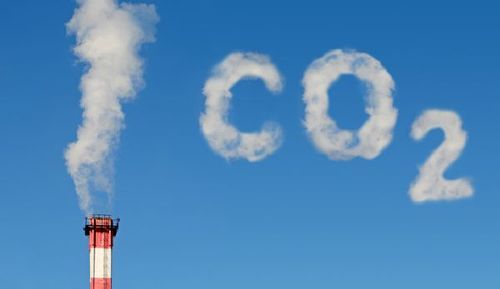Study shows that it’s actually quite feasible to remove CO2 from the atmosphere

One of the main culprits in global warming is carbon dioxide. There’s too much of it. It’s churned out by cars and cities and planes and boats by the boatload, all at the same time that we’re removing the trees that would gladly take it. So the solution it seems is to simply remove excess carbon dioxide from the atmosphere. Magic.
The technique might initially be used to supply carbon dioxide for such industrial applications as fuel production from algae or enhanced oil recovery. But the method could later be used to supplement the capture of CO2 from power plant flue gases as part of efforts to reduce concentrations of the atmospheric warming chemical. In a detailed economic feasibility study, the researchers projected that a CO2 removal unit the size of an ocean shipping container could extract approximately a thousand tons of the gas per year with operating costs of approximately $100 per ton.
The researchers also reported on advances in adsorbent materials for selectively capturing carbon dioxide. “Even if we removed CO2 from all the flue gas, we’d still only get a portion of the carbon dioxide emitted each year,” noted David Sholl, a professor in Georgia Tech’s School of Chemical & Biomolecular Engineering.
“If we want to make deep cuts in emissions, we’ll have to do more – and air capture is one option for doing that.” The Georgia Tech research into air capture techniques was funded by the U.S. Department of Energy. Papers describing the economic analysis and new adsorbent materials were published in the journals ChemSusChem, Industrial and Engineering Chemistry Research, the Journal of Physical Chemistry Letters and the Journal of the American Chemical Society. Carbon dioxide from large sources such as coal-burning power plants or chemical facilities account for less than half the worldwide emissions of the gas, noted Christopher Jones, also a professor in the Georgia Tech School of Chemical & Biomolecular Engineering. Much of the remaining emissions come from mobile sources such as buses, cars, planes and ships, where capture would be much more costly per ton.




Notes